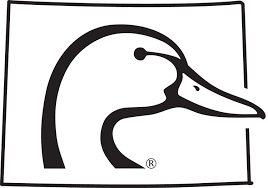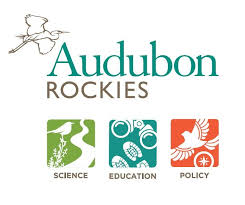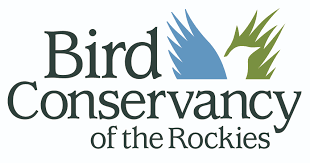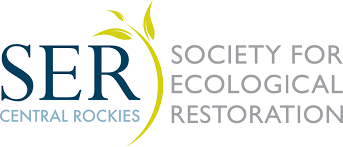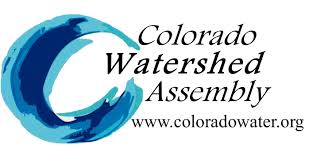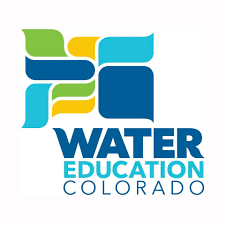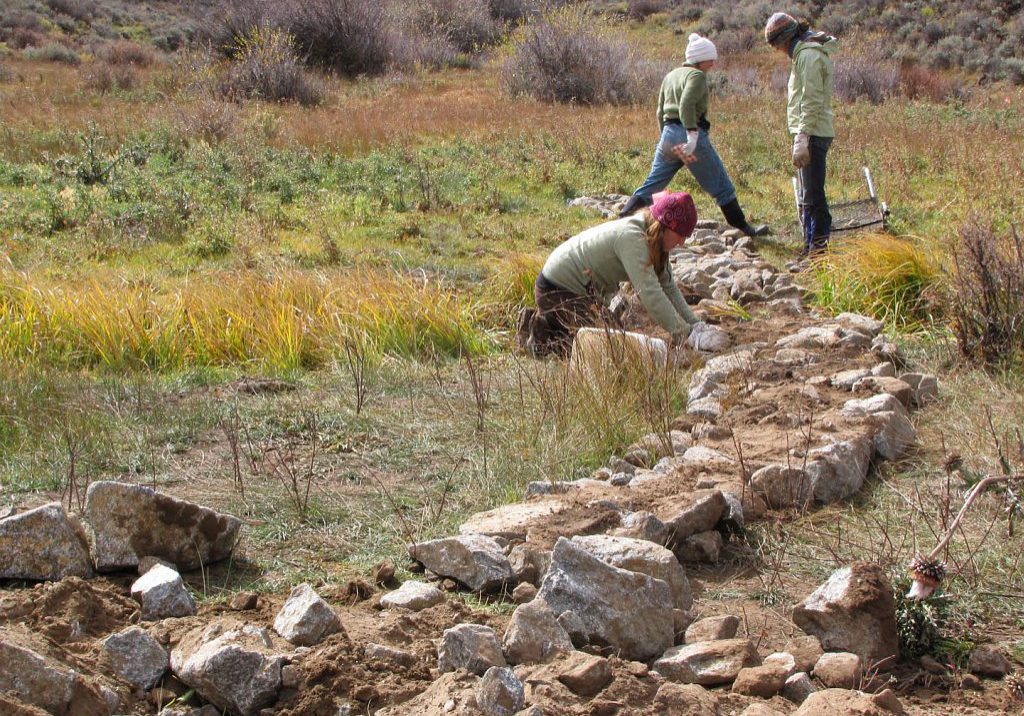


Click a link below for details.
- Funding for Wetland and Stream Conservation and Restoration
- General Watershed and Habitat Restoration funding
- Invasive Species Control and Management
- Statewide, Regional, or Basin-wide Water Work
- Water Quality
- Wildlife Habitat
- Wetland Conservation on Working Lands
- Getting Involved in Wetland Conservation and Restoration
- Watershed Groups by River Basin
Depending on the objectives of your restoration project, you may be eligible for a variety of funding opportunities at the state and national level. We’ve provided a list of wetland and watershed restoration and conservation funding opportunities in Colorado, grouped by types of project objectives and eligibility. Please also see a list of nonprofit organizations and watershed groups below, many of which provide funding and/or technical support for wetland-related work.

- Colorado Water Conservation Board Watershed Restoration Grant Program
- Great Outdoors Colorado Habitat Restoration Grants
- The Colorado Watershed Assembly maintains a list of funding opportunities, including many sources specific to wetland and stream habitat restoration.
- RiversEdge West (formerly the Tamarisk Coalition) maintains a searchable Funding Opportunities database.
- Colorado Water Conservation Board Healthy Rivers Fund Grants - specific to local watershed group applicants.
- Interested in starting your own water fund, or being part of a water fund where downstream water users help support upstream restoration to benefit water quality and quantity? The Peaks to People Water Fund has Resources for Building Water Funds.


- The Colorado Water Conservation Board Non-Reimbursable Project Investment Grant Program provides limited funding for water projects with statewide impact.
- Colorado's Water Plan Grant Fund provides funding to implement various aspects of Colorado's Water Plan. Please see the website for funding categories.
- The Colorado Department of Public Health & Environment's Nonpoint Source Funding Opportunities provide support for projects that reduce nonpoint, or diffuse, sources of pollution.



- The Colorado Parks & Wildlife Wetlands for Wildlife Program is a voluntary, incentive-based program to protect wetlands and wetland-dependent wildlife on public and private land. The program provides funding for 1) wetland and riparian creation, restoration, and enhancement; 2) conservation easements and fee-title purchase; 3) wildlife and aquatic resource inventories; 4) education and outreach; and 5) project monitoring and evaluation.
- The Colorado Water Conservation Board Fish and Wildlife Resources Fund Grant Program provides funding for water diversion, delivery, or storage facility project operators and the CWCB to make water structures more compatible with fish and wildlife needs.
Many of the funding opportunities listed above apply to working lands, but the USDA Natural Resources Conservation Service Agricultural Conservation Easement Program (formerly the Wetlands Reserve Program) is a voluntary conservation easement program specifically for farmers and ranchers who wish to protect, restore, and enhance wetlands on their land. The USDA Natural Resource Conservation Service provides landowners with technical and financial assistance for wetland easements, which can be established in perpetuity, or for shorter periods of time.

Land trusts play a critical role in helping landowners with voluntary land conservation across Colorado, including wetlands and riparian areas surrounding streams. The Colorado Coalition of Land Trusts maintains a statewide list of land trusts, with contact information.
The Colorado Watershed Assembly maintains an online watershed group directory that allows users to see a growing list of watershed groups and soil conservation districts in each of the major river basins across the state.




